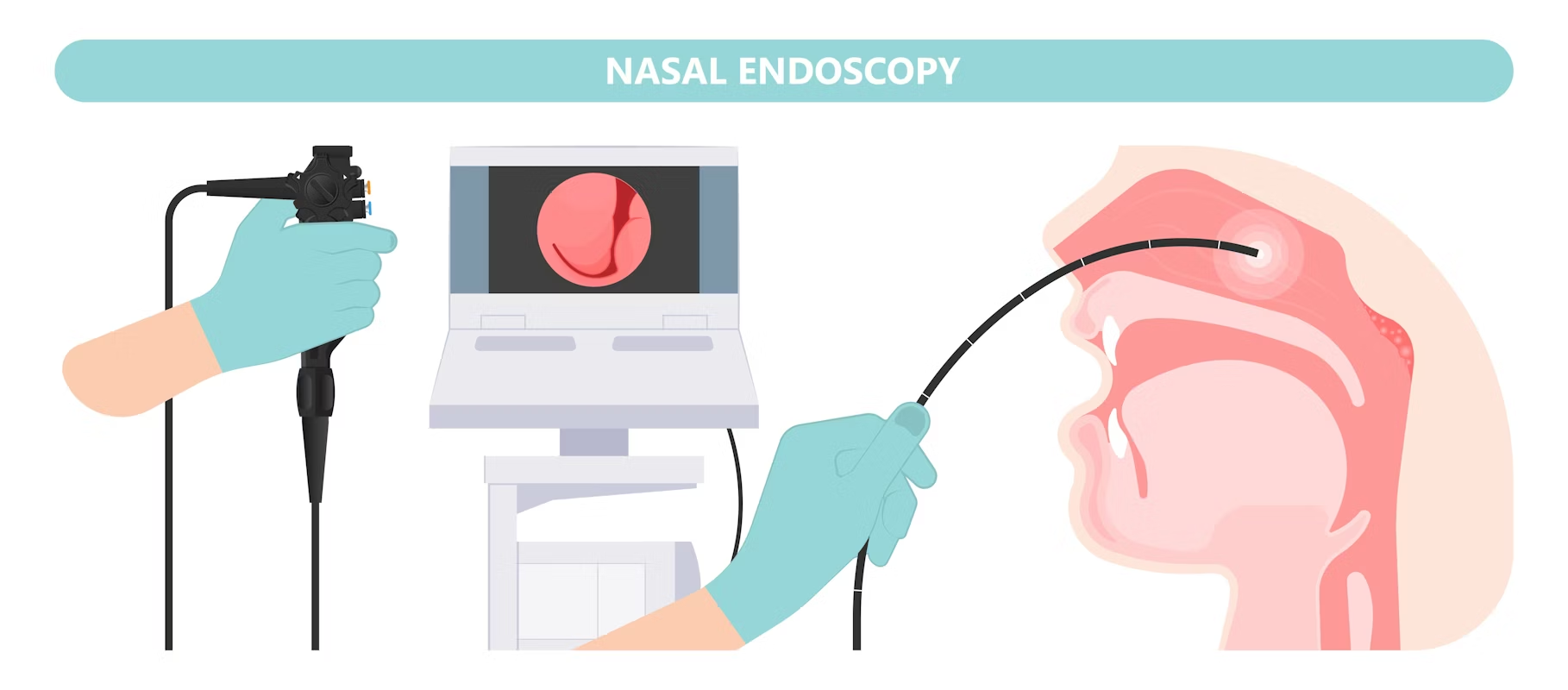
Many people first hear about nasal endoscopy when persistent sinus pressure or unexplained breathing difficulties push them toward a specialist visit, and the idea of a camera entering the nose often creates more worry than necessary despite its essential role in diagnosing various nasal and sinus problems accurately.
What is a nasal endoscopy?
A nasal endoscopy is a simple medical procedure using a thin camera. This camera helps doctors view nasal passages and sinus openings clearly. According to our editor’s research, the tool is called an endoscope. It contains a light that illuminates the nasal cavity well. Specialists use it to identify inflammation, blockages, or structural changes. The method provides more detail than a standard physical exam. Many patients feel mild pressure but minimal discomfort during the exam. The procedure usually lasts only a few minutes in the clinic. Doctors appreciate its clarity when diagnosing stubborn nasal symptoms. It remains a reliable tool for understanding chronic sinus complaints. A nasal endoscopy offers real-time visuals during the examination. This allows specialists to observe mucus movement directly. They can assess airflow restrictions within the nasal passages. As a result of our editor’s reviews, many ENTs rely on this method. Its accuracy helps avoid unnecessary imaging in some cases. The exam provides a clearer picture of hidden nasal issues. This benefit makes it an important part of modern sinus care. Its simplicity helps patients complete care efficiently. The method supports both diagnosis and treatment decisions. Most patients resume daily activities immediately afterward.
Why is nasal endoscopy performed?
Nasal endoscopy is performed to locate causes of nasal obstruction. It helps identify chronic sinus inflammation quickly. Doctors use it to understand unexplained facial pressure. Persistent congestion often indicates underlying structural problems. According to our editor’s research, endoscopy reveals these issues accurately. It also detects polyps that block airflow significantly. These findings support targeted treatment plans for patients. Identifying the root cause reduces long-term discomfort. This precision helps doctors manage chronic symptoms effectively. The procedure remains essential in evaluating long-lasting nasal problems. Endoscopy also supports evaluation for recurrent infections. It helps determine whether mucus drains properly from sinuses. Poor drainage increases infection risk significantly. As a result of our editor’s reviews, ENTs assess drainage patterns closely. This information helps prevent repeated antibiotic use unnecessarily. Endoscopy also assists in monitoring treatment progress carefully. It verifies whether swelling decreases with medication. Clear visuals highlight improvement over time for patients. This monitoring helps adjust therapies when required. It ensures care remains effective throughout treatment.
How does the endoscope work inside the nose?
The endoscope works by gently entering the nostril. Its flexible structure allows smooth navigation through curves. A bright light illuminates each nasal section clearly. A miniature camera sends images to a screen instantly. According to our editor’s research, this technology increases accuracy remarkably. The doctor guides the scope with careful movements. This process prevents discomfort while capturing detailed visuals. The scope highlights inflammation that remains unseen externally. It reveals narrow passages restricting airflow significantly. These insights help doctors understand the full picture. The tool also magnifies small areas dramatically. This magnification helps detect tiny polyps or lesions. Specialists evaluate these findings for proper diagnosis. As a result of our editor’s reviews, magnification improves outcomes. Doctors can differentiate swelling types more effectively. They observe tissue color changes that indicate irritation. The scope identifies mucus thickness and movement patterns. These elements contribute to accurate treatment planning. Its ability to access deep sinus openings is essential. This capability makes endoscopy uniquely valuable in ENT care.
What symptoms lead doctors to recommend nasal endoscopy?
Doctors recommend nasal endoscopy for chronic nasal congestion. They also consider it for persistent postnasal drip. Long-term facial pressure signals sinus involvement often. A reduced sense of smell raises concerns during evaluations. According to our editor’s research, these symptoms justify endoscopy. Recurrent sinus infections also trigger investigation. Blocked airflow during sleep indicates deeper issues. Frequent nosebleeds may suggest structural irregularities. Some patients experience unexplained headaches without clear origin. Endoscopy helps uncover the true cause behind these complaints. Nasal trauma also requires careful evaluation. External injuries may hide internal structural changes. These changes influence breathing quality significantly. As a result of our editor’s reviews, trauma assessments rely on endoscopy. Doctors identify cartilage damage within the nasal cavity. They determine whether swelling restricts natural airflow. This evaluation supports long-term healing effectively. Endoscopy ensures injuries receive proper attention early. Many patients avoid complications through timely examination. These benefits highlight its clinical importance clearly.
What can doctors detect during nasal endoscopy?
Doctors detect polyps during nasal endoscopy frequently. These soft growths block sinus drainage when enlarged. They also evaluate inflammation caused by chronic rhinitis. Swollen tissues reduce airflow significantly. According to our editor’s research, this swelling creates persistent symptoms. Endoscopy identifies mucus buildup and drainage problems. It reveals infection signs hidden within sinus openings. Doctors examine structural features such as deviated septum. A deviated septum narrows passages and worsens breathing. Visual assessment helps determine treatment options clearly. Endoscopy also evaluates surgical needs when necessary. It identifies areas requiring correction or removal. As a result of our editor’s reviews, surgeons use this guidance. They plan procedures based on clear visual information. Endoscopy also monitors healing after surgery effectively. It reveals whether tissues recover as expected. Doctors ensure swelling decreases properly over time. This follow-up prevents complications after treatment. Monitoring supports complete recovery for many patients. These capabilities make endoscopy vital in ENT care.
Is nasal endoscopy painful?
Nasal endoscopy is generally not painful. Most patients feel slight pressure during the exam. A mild stinging sensation may appear temporarily. Doctors often apply nasal spray before the procedure. This spray reduces discomfort by numbing tissue slightly. According to our editor’s research, patients tolerate it well. The process remains quick and smooth in most cases. People describe it as mildly uncomfortable but manageable. The scope moves gently without harming the tissues. This makes the procedure safe for routine use. Some patients experience watering eyes during insertion. This reaction reflects the sensitivity of nasal passages. As a result of our editor’s reviews, this response is normal. It resolves immediately once the exam ends. Breathing remains comfortable throughout the procedure. Doctors explain each step to reassure patients. A cooperative approach enhances overall comfort greatly. Most individuals feel relieved after understanding their condition. They appreciate the clarity endoscopy provides instantly. Its simplicity helps reduce anxiety for future visits.
How should patients prepare for nasal endoscopy?
Patients prepare for nasal endoscopy by clearing the nasal passages. Gentle rinsing improves clarity during the exam. Doctors may suggest avoiding heavy meals beforehand. This helps reduce discomfort during the procedure. According to our editor’s research, simple preparation suffices. People wearing nasal sprays should mention them beforehand. Certain medications affect nasal tissue behavior. Doctors need accurate information for safe evaluation. Comfortable breathing supports smooth procedure execution. Relaxation improves overall experience during the exam. Patients should arrive a few minutes early. This allows time for pre-exam instructions. As a result of our editor’s reviews, early arrival reduces stress. Doctors explain the steps to ease concerns. Patients feel more confident when understanding the process. Communication supports positive cooperation during the exam. The procedure remains simple with proper guidance. Preparation ensures accurate and efficient assessment. Patients appreciate the quick completion time. Many resume routine activities right after.
What happens after nasal endoscopy?
After nasal endoscopy, most people resume normal routines. Mild nasal sensitivity may appear briefly. This sensation usually fades within minutes. Doctors discuss findings immediately after examining. According to our editor’s research, this clarity helps planning. Patients understand the condition affecting their symptoms. Doctors explain treatment options suited to the findings. Medication may reduce swelling or manage infection. Follow-up visits monitor progress when needed. These steps support long-term symptom relief. Some patients feel mild congestion temporarily. This results from manipulation within nasal passages. As a result of our editor’s reviews, this resolves quickly. Warm steam sometimes improves immediate comfort. Hydration supports faster normalization of tissues. Doctors may advise avoiding nose blowing briefly. This prevents irritation after the procedure. Most patients feel relieved after receiving clear answers. Endoscopy reduces uncertainty surrounding chronic symptoms. Its contribution to accurate diagnosis remains essential.
Why is nasal endoscopy important for long-term care?
Nasal endoscopy is important because it prevents misdiagnosis. Doctors see issues hidden from regular exams easily. This improves long-term treatment success. According to our editor’s research, chronic sinus issues need clarity. Endoscopy provides the detailed views required for accuracy. It helps tailor medication plans effectively. It monitors improvement throughout treatment cycles. This makes care more consistent and dependable. Patients benefit from targeted long-term strategies. This builds confidence in managing nasal conditions. Endoscopy also helps avoid unnecessary procedures. Clear visuals guide decision-making responsibly. As a result of our editor’s reviews, specialists value this greatly. It prevents trial-and-error approaches to care. It confirms whether symptoms match internal findings. This reduces confusion during complicated cases. It also improves communication between doctor and patient. Shared visuals create better understanding quickly. This enhances trust and supports long-term cooperation. Endoscopy remains central to effective ENT management.
Key insights about nasal endoscopy
Nasal endoscopy provides clear visuals that guide accurate diagnosis and treatment. According to our editor’s research, it reveals inflammation, polyps, and structural issues effectively. Its simplicity and precision help doctors address chronic nasal symptoms confidently. Patients benefit from quick evaluation and targeted care plans. The procedure supports long-term management of sinus and nasal problems. Its value continues to grow as ENT care evolves.
